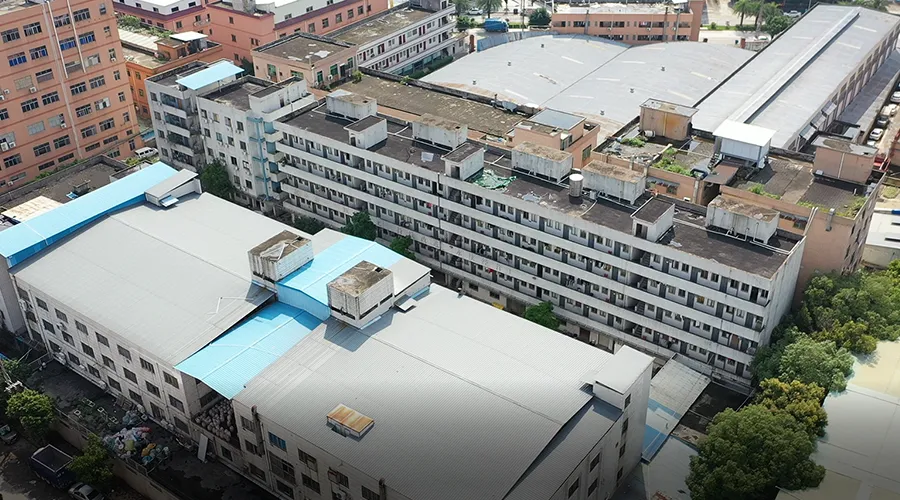
There are many reasons why someone might want to cover their nipples. It could be for modesty, comfort, to prevent chafing during exercise, to create a smoother silhouette under clothing, or for aesthetic reasons under sheer or thin fabrics. Whatever the motivation, there’s a wide array of options available, each with its own advantages and disadvantages. This article explores the various methods and materials used for nipple coverage, helping you choose the best solution for your specific needs and situation.
Disposable Options
Disposable options are generally designed for single-use convenience. They are often preferred for their hygiene and ease of use, especially when traveling or when laundry isn’t readily available.
- Adhesive Nipple Covers (Pasties): These are perhaps the most common and widely available option. They come in various shapes (round, flower, etc.), sizes, and materials, including:
- Silicone: Reusable for a limited number of times (depending on the adhesive quality), silicone pasties offer a smooth, natural look and feel. They are often thicker than other options, providing good coverage and some shaping. They can be washed with mild soap and water.
- Fabric (Satin, Cotton): Usually single-use, fabric pasties are lightweight and breathable. They’re a good choice for sensitive skin, but might not provide as much smoothing or shaping as silicone.
- Paper: The most basic and often least expensive option, paper pasties are single-use and designed for minimal coverage. They’re not ideal for extended wear or for those with sensitive skin.
Consideration: The adhesive can irritate sensitive skin. Always test a small area first, especially if you have known allergies. Look for “hypoallergenic” labels if you have concerns. Removal should be done gently to avoid irritation. Some products come with removal solutions or recommendations (e.g., using oil to loosen the adhesive).
- Band-Aids/Medical Tape: A readily accessible, though not ideal, solution. In a pinch, standard adhesive bandages or medical tape can provide temporary coverage. However, the adhesive is not designed for prolonged skin contact in this area and may be uncomfortable to remove. Medical tape is generally gentler than standard adhesive bandages.
Consideration: Prolonged use is not recommended. The adhesive can be quite strong and cause skin irritation or even damage upon removal. This is best used as a very temporary fix.
Reusable Options
Reusable options are generally more economical and environmentally friendly in the long run. They require a little more care (washing and proper storage), but can last for many uses.
- Silicone Nipple Covers (Reusable): As mentioned above, many silicone nipple covers are designed for multiple uses. Their longevity depends on the quality of the silicone and the adhesive, as well as how well they are cared for.
- Reusable Fabric Nipple Covers: Some fabric covers are designed to be washed and reused. These often have a light adhesive or are designed to be held in place by the pressure of clothing.
- Nipple Concealers: These are typically small, reusable silicone pads that are thicker in the center to provide more coverage and shaping. They’re designed to blend seamlessly with the skin.
- Bra Inserts/Pads: While not strictly nipple covers, bra inserts or pads (especially those made of silicone or foam) can effectively conceal nipples, particularly when worn inside a bra. They also provide additional shaping and support.
Consideration: Good hygiene is crucial for reusable options. Wash them thoroughly with mild soap and water after each use and allow them to air dry completely before storing them. Store them in a clean, dry place to prevent dust and debris from sticking to the adhesive.
Clothing-Based Solutions
Sometimes, the best solution is the right choice of clothing.
- Bras with Molded Cups: Bras with molded cups, especially those with thicker padding, provide excellent nipple coverage. The molded shape creates a smooth silhouette and prevents nipples from showing through clothing.
- Padded Bras: Similar to molded cups, padded bras offer extra cushioning that effectively conceals nipples.
- Thick Fabrics: Wearing clothing made of thicker fabrics, such as knits, denim, or layered materials, can naturally obscure nipples without the need for additional coverage.
- Camisoles/Tank Tops: Wearing a camisole or tank top under a sheer or thin top provides an extra layer of fabric that helps to conceal nipples. Choose a camisole with a built-in shelf bra for added support and coverage.
- Strategic Layering: Layering clothing strategically can eliminate the need for separate nipple covers. For example, wearing a blazer or cardigan over a thin top provides coverage and adds style.
Consideration: The effectiveness of clothing-based solutions depends on the fabric’s opacity and the fit of the garment. Tight-fitting clothing made of thin material is more likely to reveal nipples than looser-fitting clothing made of thicker material.
Other Considerations
- Skin Tone Select the color that most close resemble to your skin tone when using pasties.
- Activity Level If it is used when swimming or when exercising, secure the nipple cover and select water resistant one.
- Outfit When wearing tight-fitting clothes, select a seamless and thin nipple cover.
Conclusion
Choosing the right method for nipple coverage depends on individual needs, preferences, and the specific situation. Disposable options offer convenience, while reusable options are more economical and environmentally friendly. Clothing-based solutions can be effective and comfortable, eliminating the need for additional products. Ultimately, the best approach is to experiment with different options to find what works best for you, prioritizing comfort, skin health, and the desired level of coverage.






